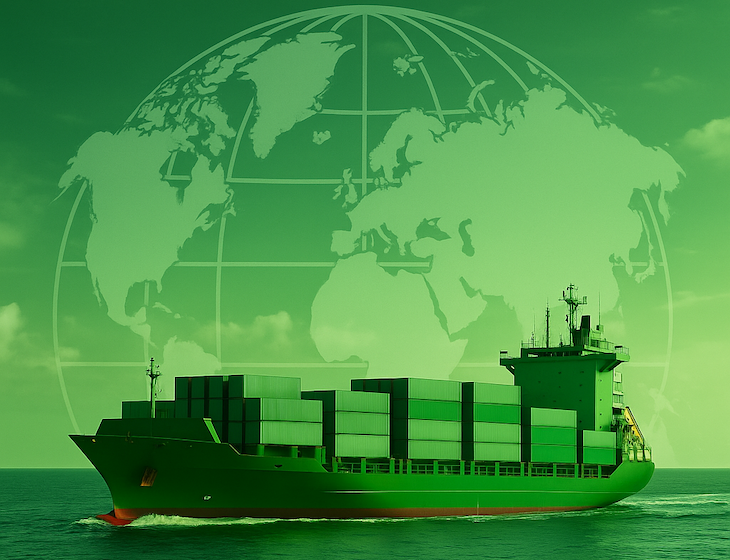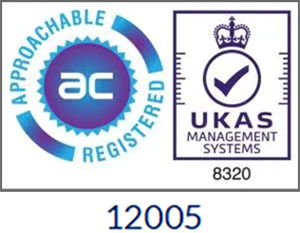The International Maritime Organization (IMO) has taken an important step towards cutting emissions from the shipping industry, approving draft regulations that would introduce the world’s first legally binding net-zero framework across an entire sector.
In early April 2025, during the 83rd session of the Marine Environment Protection Committee (MEPC 83), the IMO approved a package of measures designed to achieve net-zero greenhouse gas (GHG) emissions from international shipping by or around 2050. The draft regulations will now be shared with Member States and are expected to be formally adopted in October 2025, with enforcement planned for 2027.
Two Main Measures: Fuel Standards and Emissions Pricing
The new framework is built around two key measures: a mandatory marine fuel standard and a global pricing system for GHG emissions. Together, they will change how emissions are regulated and managed across the shipping industry.
The global fuel standard will require ships to reduce the amount of greenhouse gases they emit for each unit of energy used. Ships that do not meet the targets will have to buy “remedial units” to offset their extra emissions, while low- and zero-emission ships will be able to earn or trade surplus units.
A new economic system will also support the changes. The IMO Net-Zero Fund will collect payments based on emissions and use the money to support innovation, training, infrastructure, and to help developing countries with the transition to cleaner shipping.
Who Will Be Affected?
The framework will apply to large vessels with over 5,000 gross tonnage, which produce around 85% of the total CO2 emissions from international shipping. These changes will have a major impact on global supply chains and the wider sea freight industry.
The IMO’s action comes as industries everywhere face growing pressure to cut emissions. For shipping, which has largely operated outside of agreements like the Paris Climate Accord, this marks a major shift.
Industry Reaction: Support and Caution
The shipping industry has largely welcomed the IMO’s progress, recognising the urgent need to reduce emissions and create a level playing field for global trade. Many shipping lines and logistics providers see the framework as a positive step towards long-term sustainability and investment certainty.
However, there is also some caution. Stakeholders have raised concerns about the cost and complexity of implementing the new measures, particularly in regions where access to low-and zero-carbon fuels remains limited. Questions have also been asked about how consistently the framework will be enforced across different jurisdictions.
Overall, there is broad agreement that moving towards decarbonisation is necessary, but careful planning and support will be needed to ensure the transition is fair, practical and achievable across the global fleet.
What Happens Next?
The agreement is not yet final. The way the IMO, and its Marine Environment Protection Committee (MEPC), works is that members meet in the Spring to agree on proposals, then meet again in the Autumn to formally vote on them.
The proposed changes will become a new Chapter 5 of MARPOL Annex VI, with formal adoption planned for October 2025. Implementation guidelines are expected in 2026, ahead of enforcement from 2027.
Conclusion
Although the full impact on operations and costs is still unclear, the direction is clear. The shipping industry will need to prepare for a future where carbon performance directly affects both cost and competitiveness. Stricter emissions targets, carbon pricing mechanisms and penalties for non-compliance are all pushing the industry towards greener solutions.








